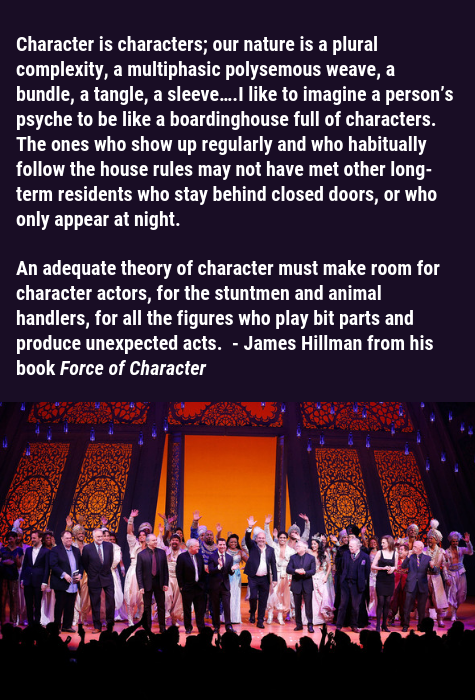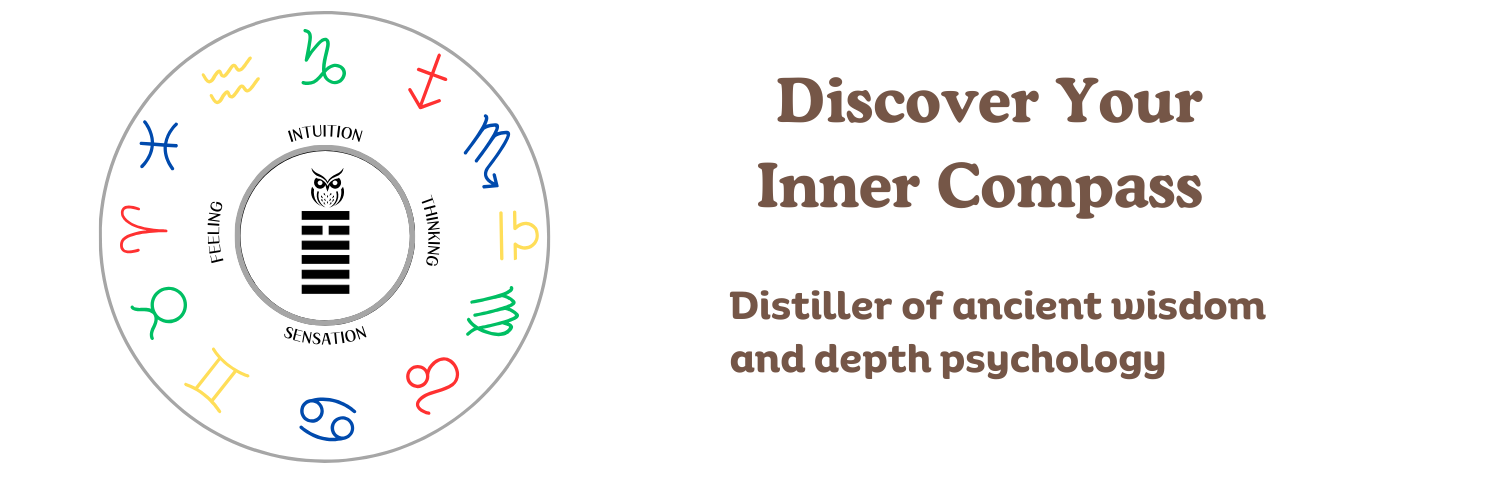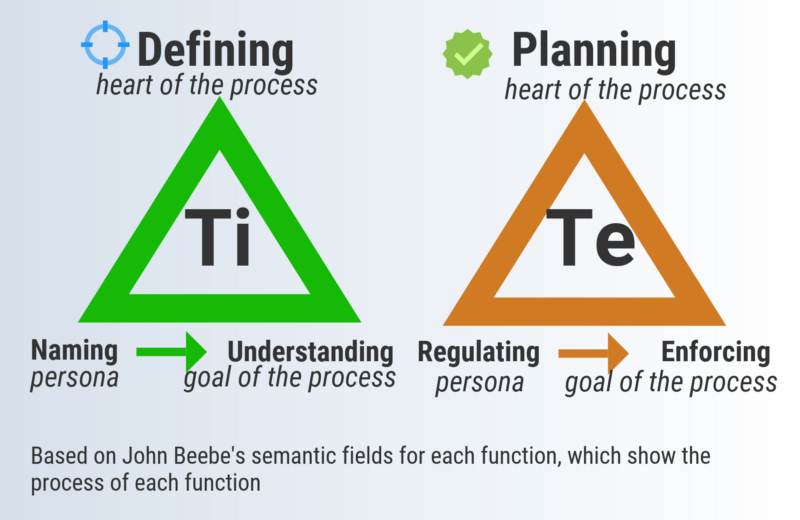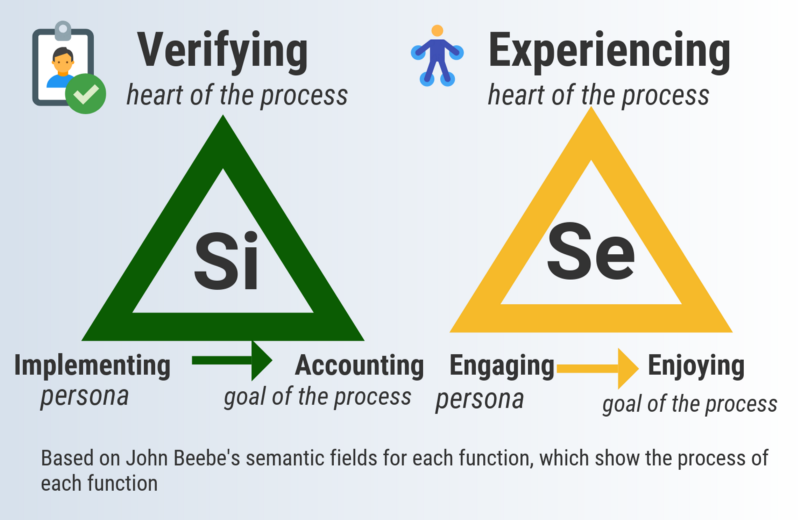The biblical “great cloud of witnesses” and archetypal astrology
The biblical phrase “cloud of witnesses” has long enthralled for me, for it hints at the mystical and archetypal.
Hebrews 12:1 is the Bible verse where it’s mentioned:
Therefore, since we are surrounded by such a great cloud of witnesses, let us throw off everything that hinders and the sin that so easily entangles, and let us run with perseverance the race marked out for us.
As I continue to do dream work with my Jungian analyst, and have begun to study archetypal astrology, the phrase “cloud of witnesses” keeps coming to mind.
Dreams are populated with archetypal figures that are, in essence, a cloud of witnesses. Animus/anima figures, who often have the persona of the inferior function of one’s personality type. Powerful cameo appearances from loved ones who are deceased and bring a message of healing. And, of course, shadow figures, that remind us of what we have trouble facing in waking life.
I love how James Hillman, the late, great Jungian psychologist and founder of archetypal psychology puts it:

In astrology, this cloud of witnesses is just as evident. It is easier to have self-compassion, and empathy for others, while reviewing the times in your life when you had difficult transits (such as the Saturn return and Uranus square Uranus) because you know that every other person has had a similar period. We are all witnesses to each other.
This archetypal support emboldens us to “run with perseverance the race marked out for us.”







